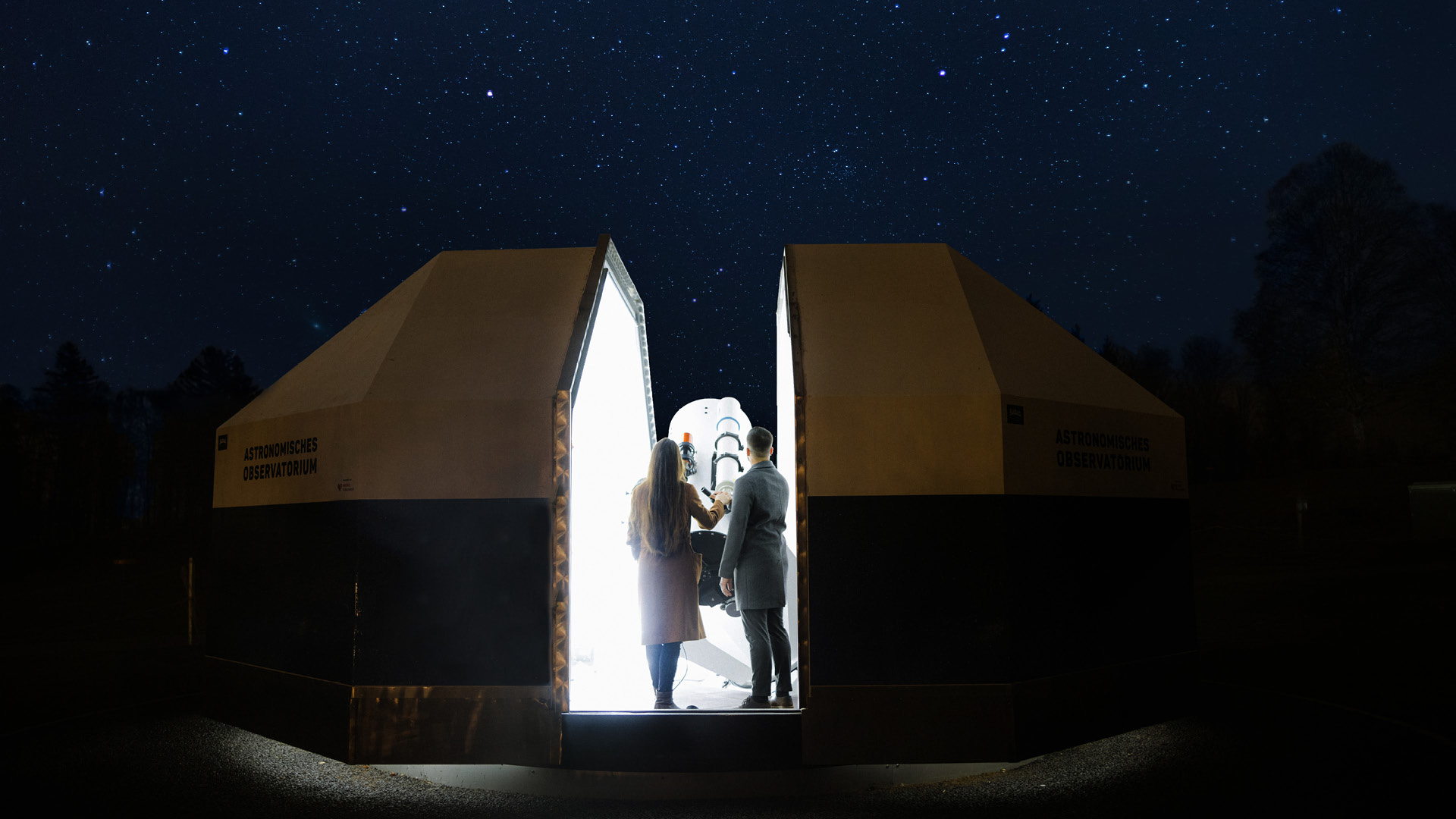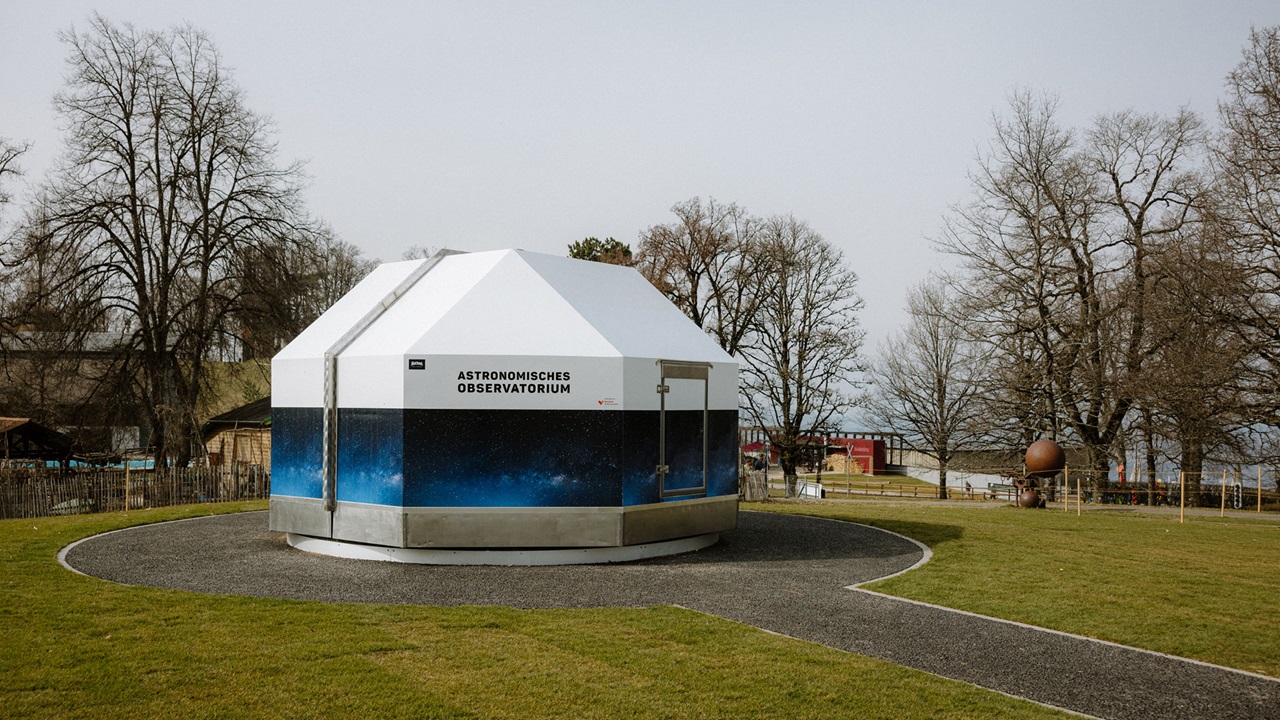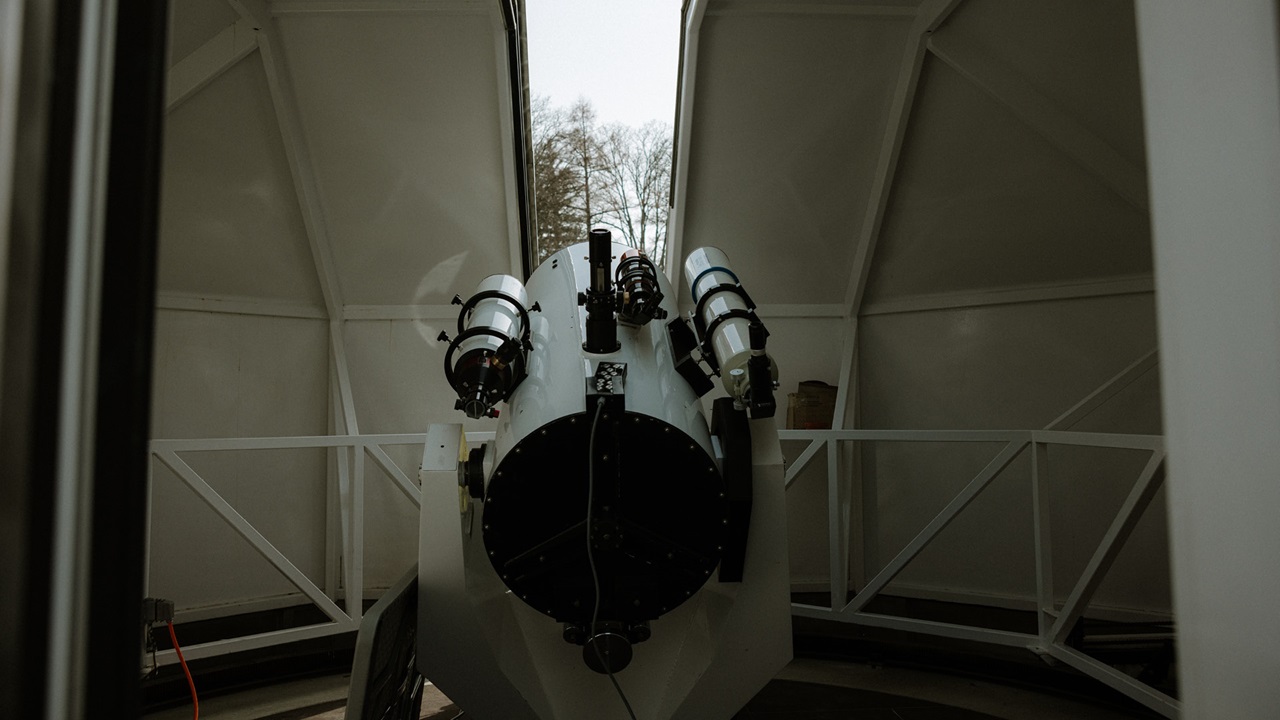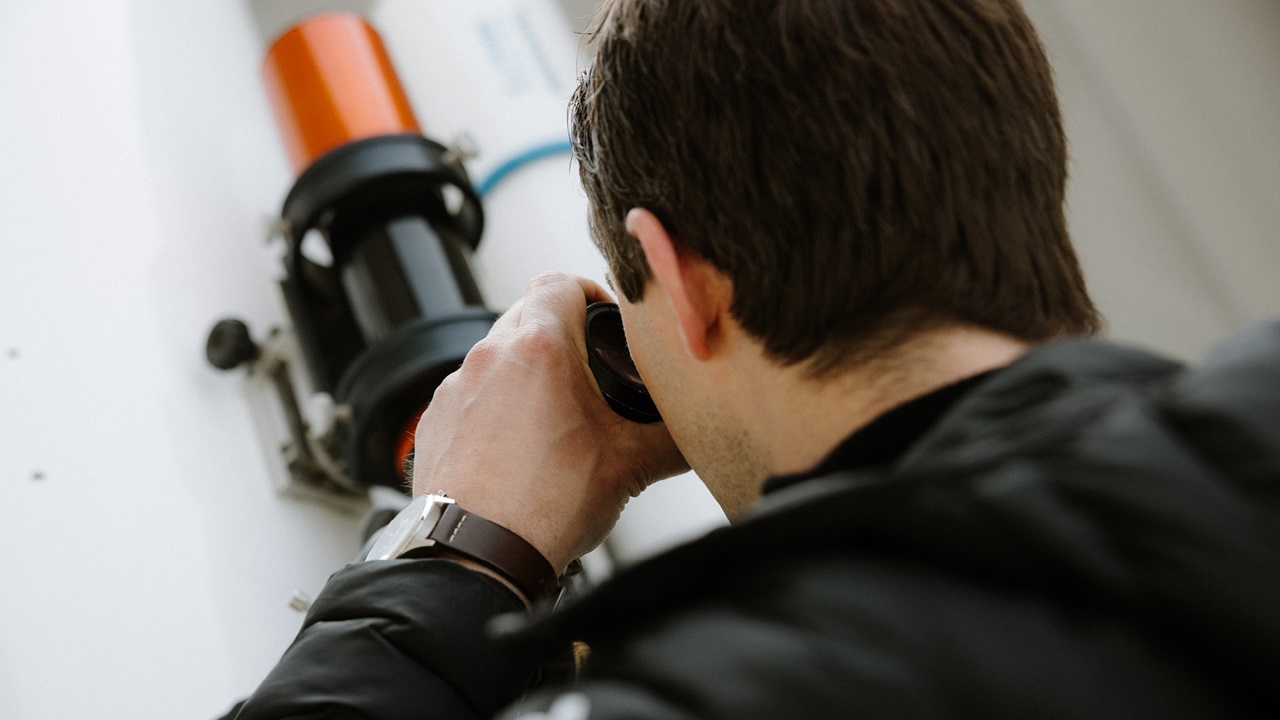The infinite universe
My first observatory visit

My first observatory visit
The Monte Generoso Observatory was officially opened in 1996. It was first located on top of Monte Generoso and then 25 years later it was moved to the Gurten near Bern. After almost six months of construction and installation work, the observatory on the Gurten was officially inaugurated on March 20.
When I think about it, I realize that the last time I focused intensively on the subject of astronomy was probably during my high school years. Even though we have been organizing astronomy events at the Park im Grünen on the Gurten for seven years, it somehow never occurred to me to attend an evening myself. But after being heavily involved in the “Observatory on the Gurten” project for several months, I no longer had an excuse. I decided that I want to attend a stargazing evening and completely immerse myself in the world of astronomy. So, I mark the date of the first stargazing evening, March 22, in bold in my calendar.



The last quarter of an hour passes by very quickly and Jos thanks everyone for their active participation and fascinating questions. The inaugural event ends with a round of applause and the participants head home. I was able to learn a lot about astronomical events in one evening and I can now understand how easy it is to become totally captivated by this subject. This was certainly not going to be the last time I would attend a stargazing evening and I am looking forward to learning more about the infinite universe very soon.
Sources:

Head Marketing & Sales
Public stargazing evenings take place every Tuesday under the professional guidance of Astro Events. Gurtners restaurant serves the perfect culinary accompaniment to the observatory tour: the Stärne(Z)nacht menu. The ticket price includes a delicious three-course meal, mineral water, a "star" drink, and admission to the observatory.